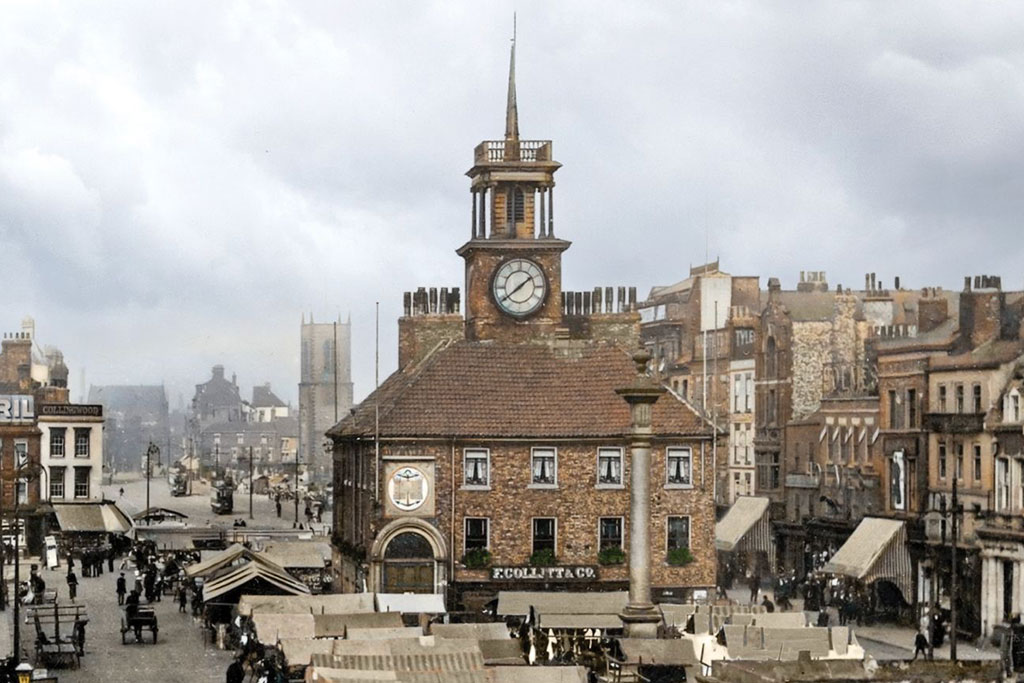Stockton-on-Tees has a history dating back centuries.
Whilst it is not as old as neighbouring settlements like Norton, it has grown to become the larger town and seen a long history of industrial and commercial development (as well as decline).
Amongst the many phases of development, Stockton still retains some very historic buildings and places which remind us of the importance of the town and its history.
Here are 5 historic sights in Stockton that you need to see:
1. Georgian Theatre

Petegal-half, CC BY-SA 3.0 <https://creativecommons.org/licenses/by-sa/3.0>, via Wikimedia Commons
Hidden away in a yard off the High Street in Stockton is one of the oldest working theatres in the country.
The Grade II listed Georgian Theatre, which plays host to many live music events today, was built in a former tithe barn which was converted to its current use in 1766.

Petegal-half, CC BY-SA 3.0 <https://creativecommons.org/licenses/by-sa/3.0>, via Wikimedia Commons
It has had a makeover in recent years after falling into disrepair, and now forms part of the town’s Cultural Quarter.
2. Stockton Parish Church

The original church on the site of the present-day Stockton Parish Church was built in 1235 as the first in the town. Prior to that, residents travelled to St Mary’s in Norton.
It was built at the northern end of what is now the High Street, where the original village green was located (on the site of today’s library).
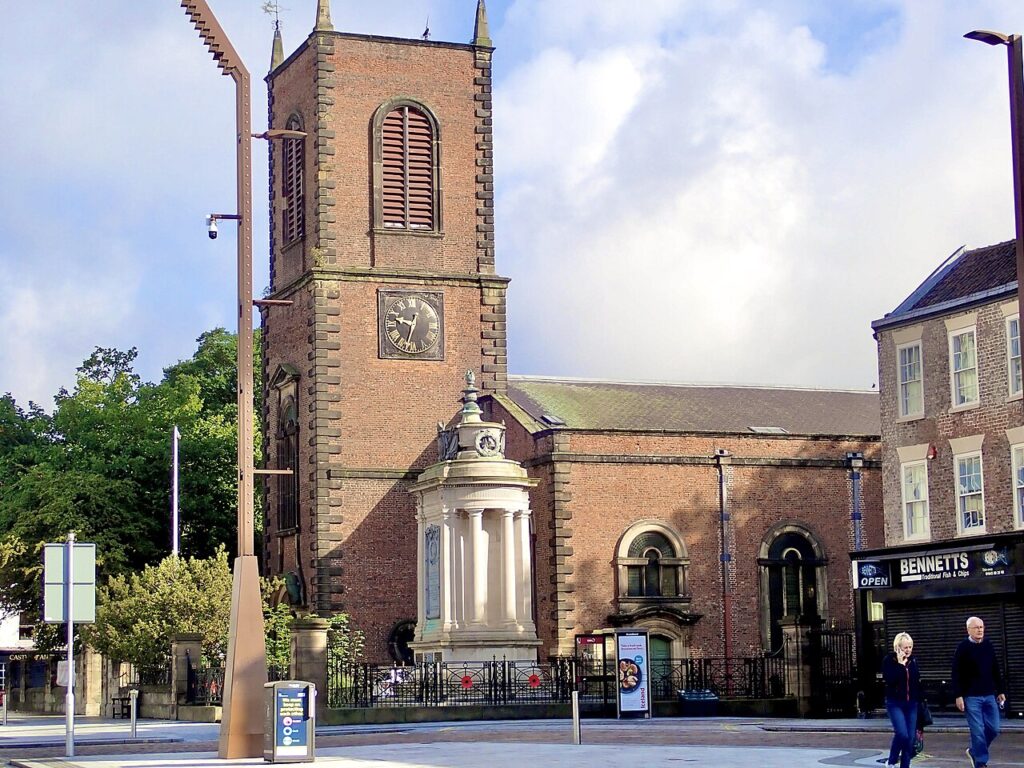
Eirian Evans / St Thomas’ Church and War Memorial
The present building was started in 1710, opening two years later on 20th March 1712.
Further additions were added over the years, including a gallery, aisles and the clock.
Today it is still a thriving church, and also one of Stockton’s most historic surviving buildings.
3. Bridge House 1825 Railway Booking Office
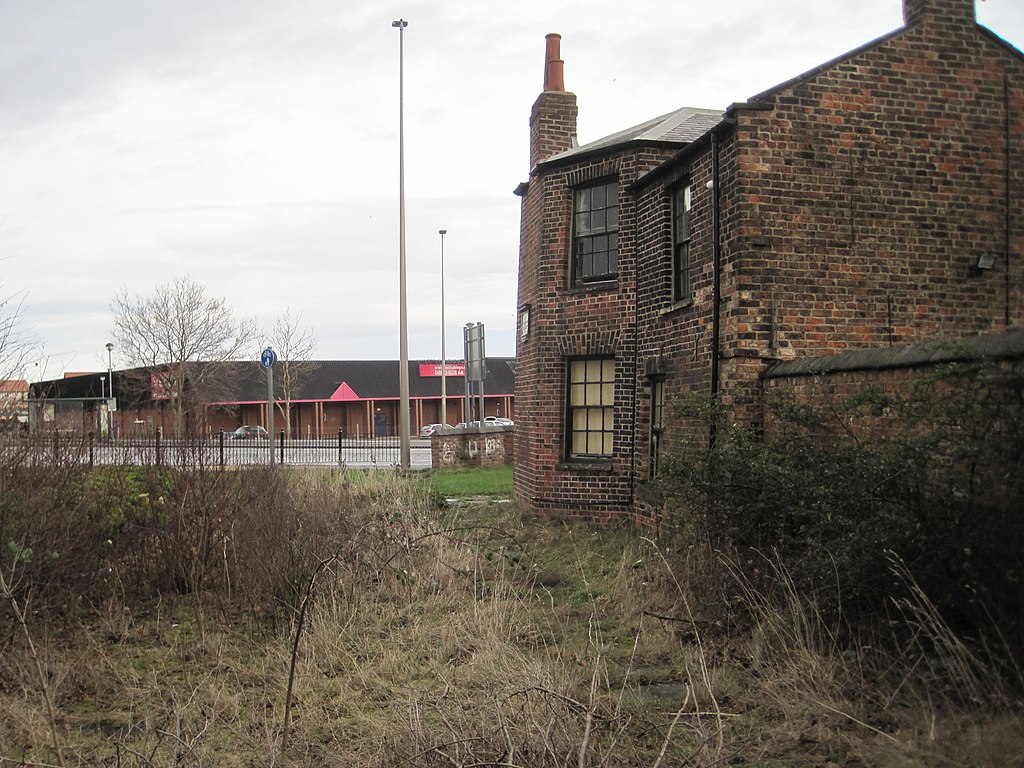
Nigel Thompson / Stockton (S&DR) Bridge Road railway station (site), County Durham
Soon to celebrate its 200th anniversary, one of the world’s first railway stations still exists in Stockton near where the 1825 Stockton & Darlington Railway entered the town.
The area was set aside as a depot, with tracks continuing on to the port quayside.
Passengers could buy tickets to travel on the railway here.
Today the building is used by a charity which supports homelessness, known as Bridge House Mission. There’s a plaque on the wall to commemorate its heritage, as well as artwork depicting the early railway nearby.
4. Town Hall and Shambles

The present Town Hall stands in the centre of the High Street and is one of the iconic buildings of Stockton.
It was constructed in the early 1700s, opening in 1735 on the site of an old toll booth and mayor’s house dating back to the 1300s.
Still used by the council for functions and events, the building originally contained shops and an inn.
Later modified, it still stands proud as a symbol of Stockton’s civic pride and history.
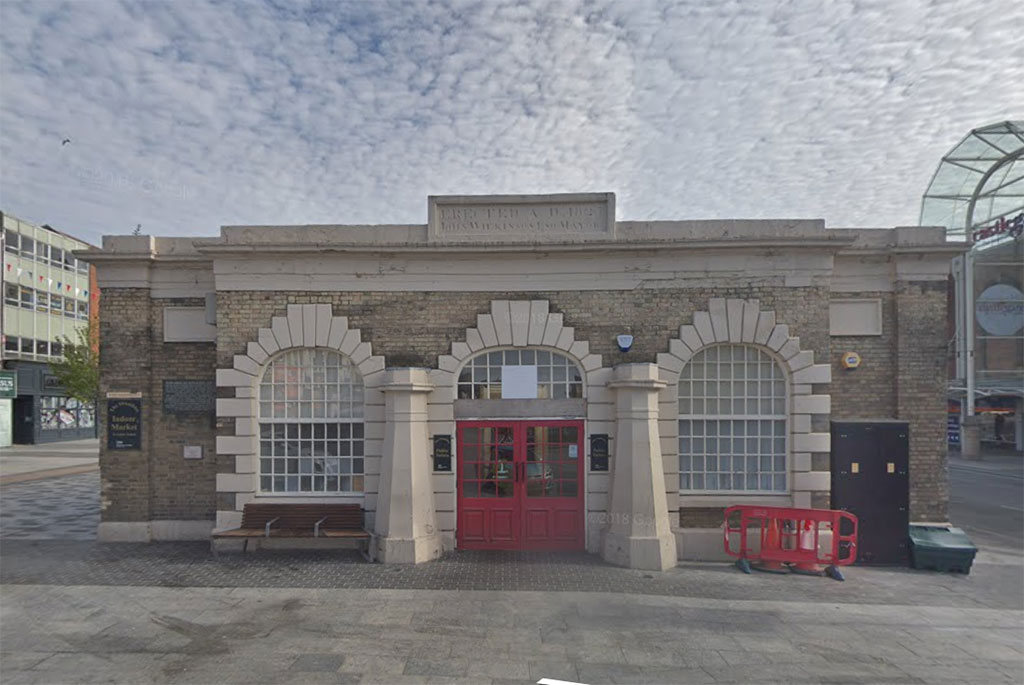
(c) Google
Next to it is the market cross dating from 1768, and the Shambles which dates from 1825. It replaced an older version which was constructed in 1699 and had fallen into disrepair. A shambles is traditionally a place where meat is butchered, but has become a general market place.
5. Holy Trinity Church
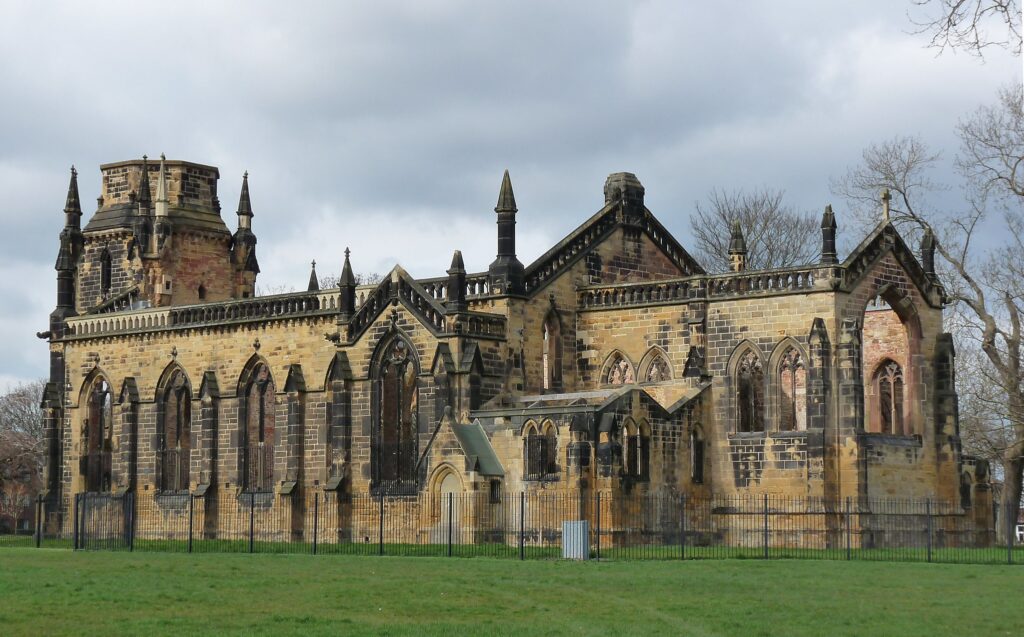
Holy Trinity ruined church. Photo (c) Hornbeam Arts
The ruins of the large Holy Trinity Church still dominate the area to the south of Stockton High Street, near the busy road network.
They sit in a tranquil area of parkland where events are often held. But digging a little deeper (pardon the pun) and you’ll soon discover that this park is actually the former graveyard of the church.
The headstones were taken away in the 1950s, with a few still propped against the wall.
Holy Trinity is a fine Gothic style church. It was constructed in 1834 by architects John and Benjamin Green, and consecrated on 22 December 1835.
Originally this site had been part of Stockton Castle’s site, and was later occupied by Black Lion Farm.
Research has suggested that the church was built out of the £1 million ‘Waterloo Churches’ fund, allocated for church building following the defeat of Napoleon at Waterloo in 1815.
Holy Trinity was a second parish church for central Stockton, and served as such until 1985 when it became a Greek Orthodox Church. A fire destroyed the interior in 1991, but since then the building has been secured as an iconic heritage landmark for the town.

